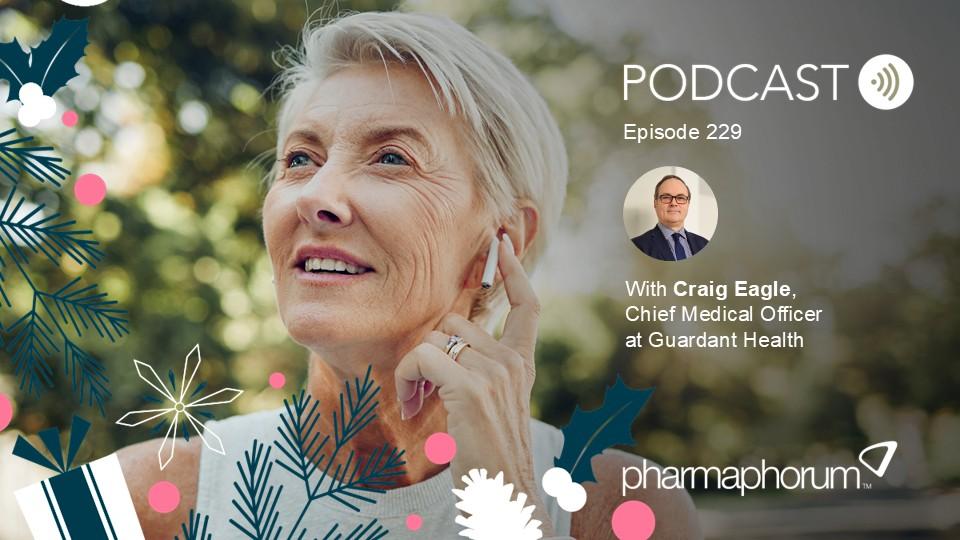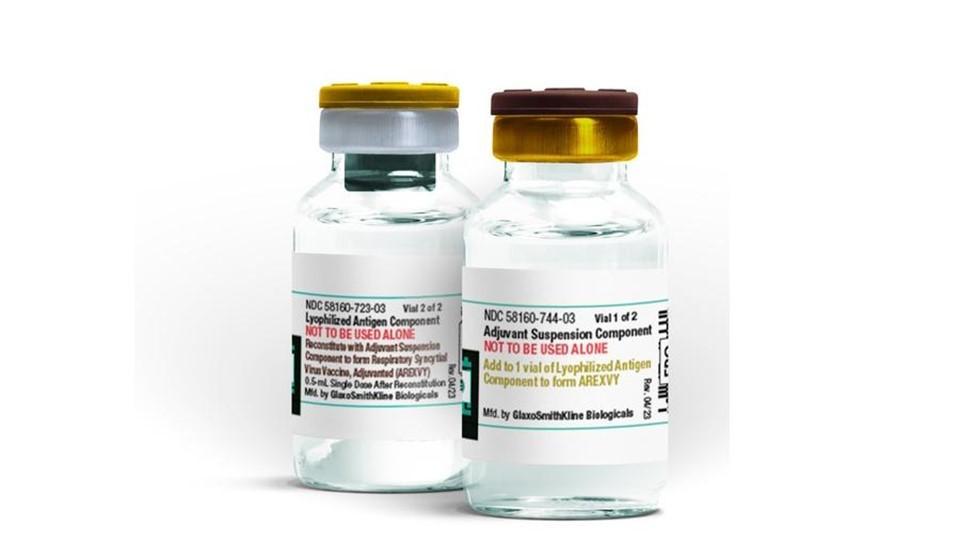Building honest dialogue with patient advocates

How can the industry listen to patients in a way that puts the person behind the disease first? Blogger Chris Aldred and Joe Delahunty from Ascensia Diabetes Care have been working together to answer that question for five years. They tell us what they’ve learned and discuss what the industry often gets wrong in its patient engagement.
This article appears in our free digital magazine Deep Dive: Market Access 2021. Read below for a preview.
It’s not often I speak to a patient advocate and an industry representative on the same call – usually it seems the two parties keep a respectful-if-wary distance from one another. But Joe Delahunty, global head of communications for Ascensia Diabetes Care, and diabetes blogger Chris Aldred have a long-running partnership in building up the company’s patient engagement efforts – and so when they discuss these activities it makes sense for them to do it as a duo.
Chris leads the editorial board for Ascensia’s patient blog, and has worked closely with Joe on many of the company’s other patient engagement projects. They are both keen to discuss what they’ve learned from years of witnessing patient-industry interactions and finding ways to make these efforts work better for people with diabetes.
Chris, better known by his online pseudonym ‘The Grumpy Pumper’, was a well-established diabetes blogger before Joe first got in contact with him. He says it was a “total accident” he became an advocate, after he joined the online community to keep in touch with other patients he’d met and found that people liked his “honest” thoughts on diabetes care.
There aren’t many people who wake up one morning and go, ‘I’m going to be an advocate’,” he says. “I think everyone in the diabetes community advocates for something because they’re passionate about it.
“I don’t know at what point I became an advocate, but I think in a way I always was.”
He highlights this to counteract the idea that patient advocacy is “dirty work” that involves “selling out” to the industry.
“Some people think we sell our souls to the industry – but every advocate I know does this because of their own passion, often at great expense to themselves.”
“Joe said that was fine, and that Ascensia just wanted my honest opinion. It’s always nice to see someone that isn’t just contacting you to push their product to sell.
“He called me back a couple of weeks later and I gave my opinion – and he learned that I can be very honest about these things.”
Chris also told Joe that he would never engage with a company unless they gave something back to the community.
“We started talking about a campaign that had been community-run for a few years – Spare a Rose, which encourages people to buy one less rose on Valentine’s day and instead donate the money to Life for a Child, which will provide insulin to a child in a less advantaged country.
“Joe said that Ascensia’s employees were also keen to find opportunities to give back to the diabetes community, and because of this interest and the simplicity of the message it would be an easy sell – so we got talking and planned for the next year’s campaign. Ascensia ended up doing a great job for us, and have run it every year since.
“I know there’s always a corporate advantage to these relationships, but I don’t care if it’s also being done to stop kids dying of type 1 diabetes.”
Joe later hired Chris to go to various medical conferences and write reports from a patient perspective.
“It’s very rare that patients actually get to go to HCP conferences,” Joe notes. “We would publish Chris’ reports on our website and promote them with patients so they could see some of the developments that were happening at these meetings. Then Chris would give his own perspective on how they were going to affect care.”
These writeups proved to be popular with the community, and over the years have developed into the Ascensia.com blog, for which Chris leads an editorial board that meets once a month to decide on topics to cover.
Joe says the aim for the company is to have a “hands-off approach” to these kinds of patient engagement.
“Chris and the editorial board drive the content. That’s important for us because it helps us understand the needs of the diabetes community, and how we need to work and build out products to address them.”
Chris and other online advocates have also worked with Ascensia on Diabetes Social Media Summits.
“We bring together a group of advocates for a few hours,” Joe explains. “We sit down and talk about the topics that they feel are important. We then look at those topics and ask whether there are any where there could be a mutual agenda with the company. If there are, we come up with campaigns or initiatives that try to address them.
"Some are things that the community wants to address and work on themselves, and for others they want Ascensia’s support and partnership. We look at the best ways to approach each one.”
“I’ve been at a lot of events where you never see any tangible outputs come out of them – then when you return the next year it’s like everyone is just redoing the same thing.
“When Joe and I were talking about the summits, I said I didn’t want the same people in a room, doing the same thing, with no output, every time. So we try and invite different people to every meeting we’ve done and come up with tangible goals from them.”
• Read the full article in pharmaphorum's Deep Dive digital magazine












